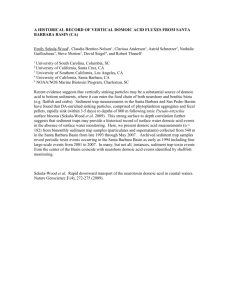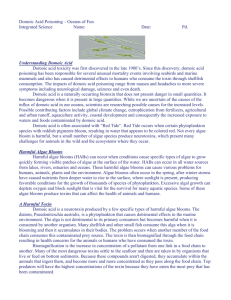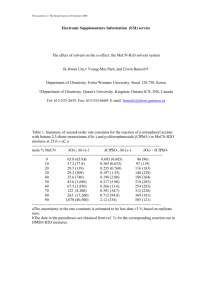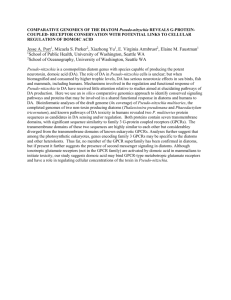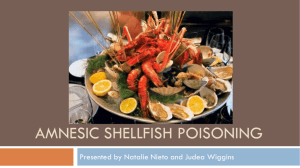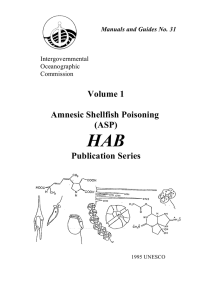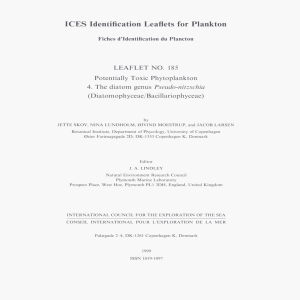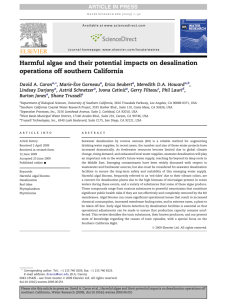Academic & Honors Chemistry Scientific Method and Separating
advertisement
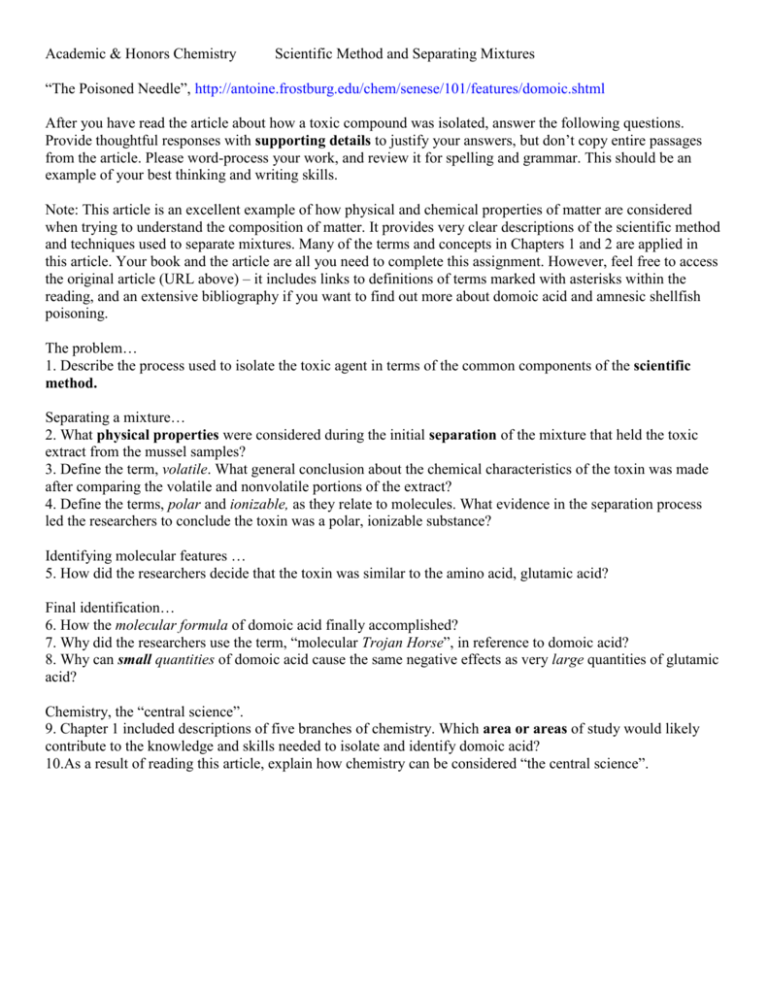
Academic & Honors Chemistry Scientific Method and Separating Mixtures “The Poisoned Needle”, http://antoine.frostburg.edu/chem/senese/101/features/domoic.shtml After you have read the article about how a toxic compound was isolated, answer the following questions. Provide thoughtful responses with supporting details to justify your answers, but don’t copy entire passages from the article. Please word-process your work, and review it for spelling and grammar. This should be an example of your best thinking and writing skills. Note: This article is an excellent example of how physical and chemical properties of matter are considered when trying to understand the composition of matter. It provides very clear descriptions of the scientific method and techniques used to separate mixtures. Many of the terms and concepts in Chapters 1 and 2 are applied in this article. Your book and the article are all you need to complete this assignment. However, feel free to access the original article (URL above) – it includes links to definitions of terms marked with asterisks within the reading, and an extensive bibliography if you want to find out more about domoic acid and amnesic shellfish poisoning. The problem… 1. Describe the process used to isolate the toxic agent in terms of the common components of the scientific method. Separating a mixture… 2. What physical properties were considered during the initial separation of the mixture that held the toxic extract from the mussel samples? 3. Define the term, volatile. What general conclusion about the chemical characteristics of the toxin was made after comparing the volatile and nonvolatile portions of the extract? 4. Define the terms, polar and ionizable, as they relate to molecules. What evidence in the separation process led the researchers to conclude the toxin was a polar, ionizable substance? Identifying molecular features … 5. How did the researchers decide that the toxin was similar to the amino acid, glutamic acid? Final identification… 6. How the molecular formula of domoic acid finally accomplished? 7. Why did the researchers use the term, “molecular Trojan Horse”, in reference to domoic acid? 8. Why can small quantities of domoic acid cause the same negative effects as very large quantities of glutamic acid? Chemistry, the “central science”. 9. Chapter 1 included descriptions of five branches of chemistry. Which area or areas of study would likely contribute to the knowledge and skills needed to isolate and identify domoic acid? 10.As a result of reading this article, explain how chemistry can be considered “the central science”.
